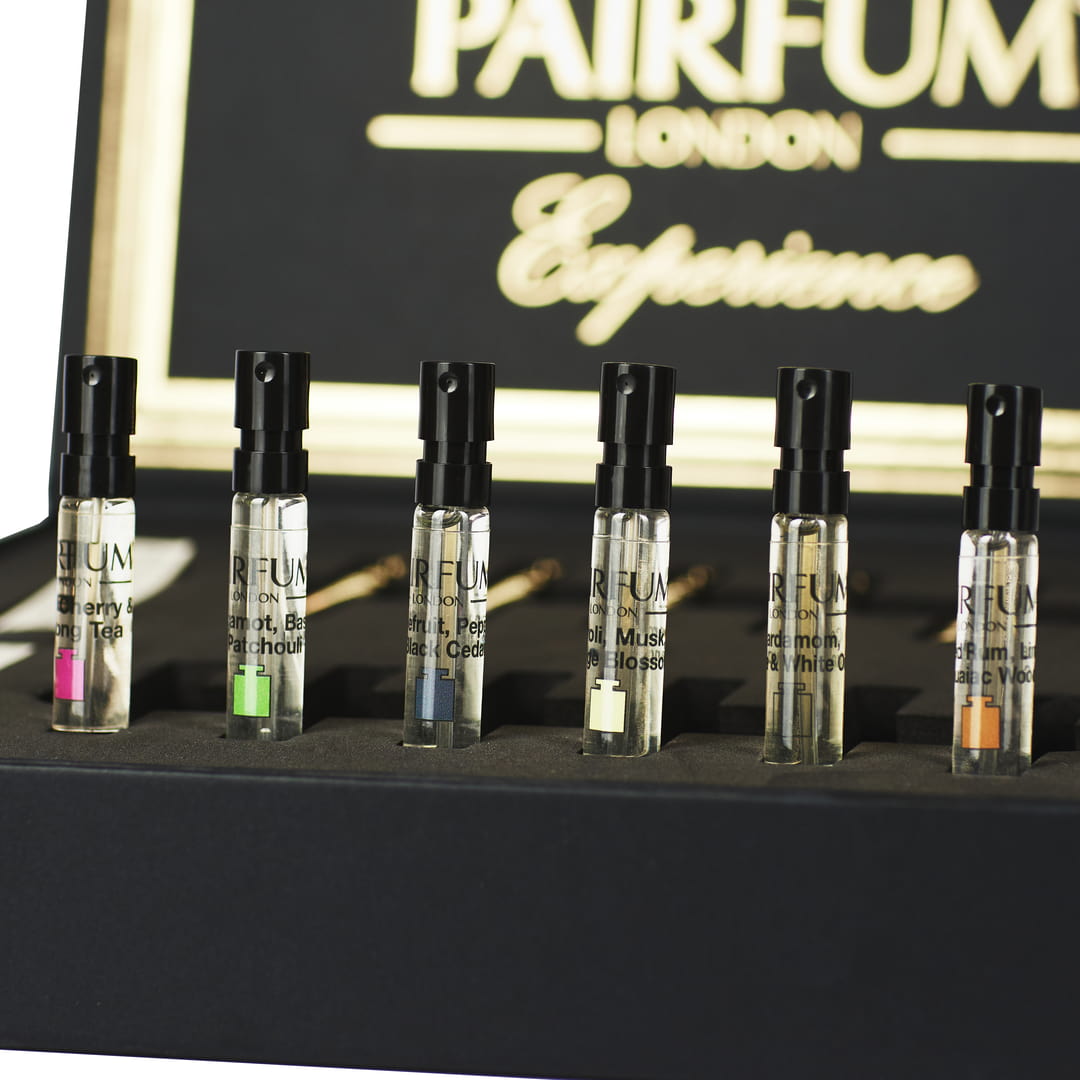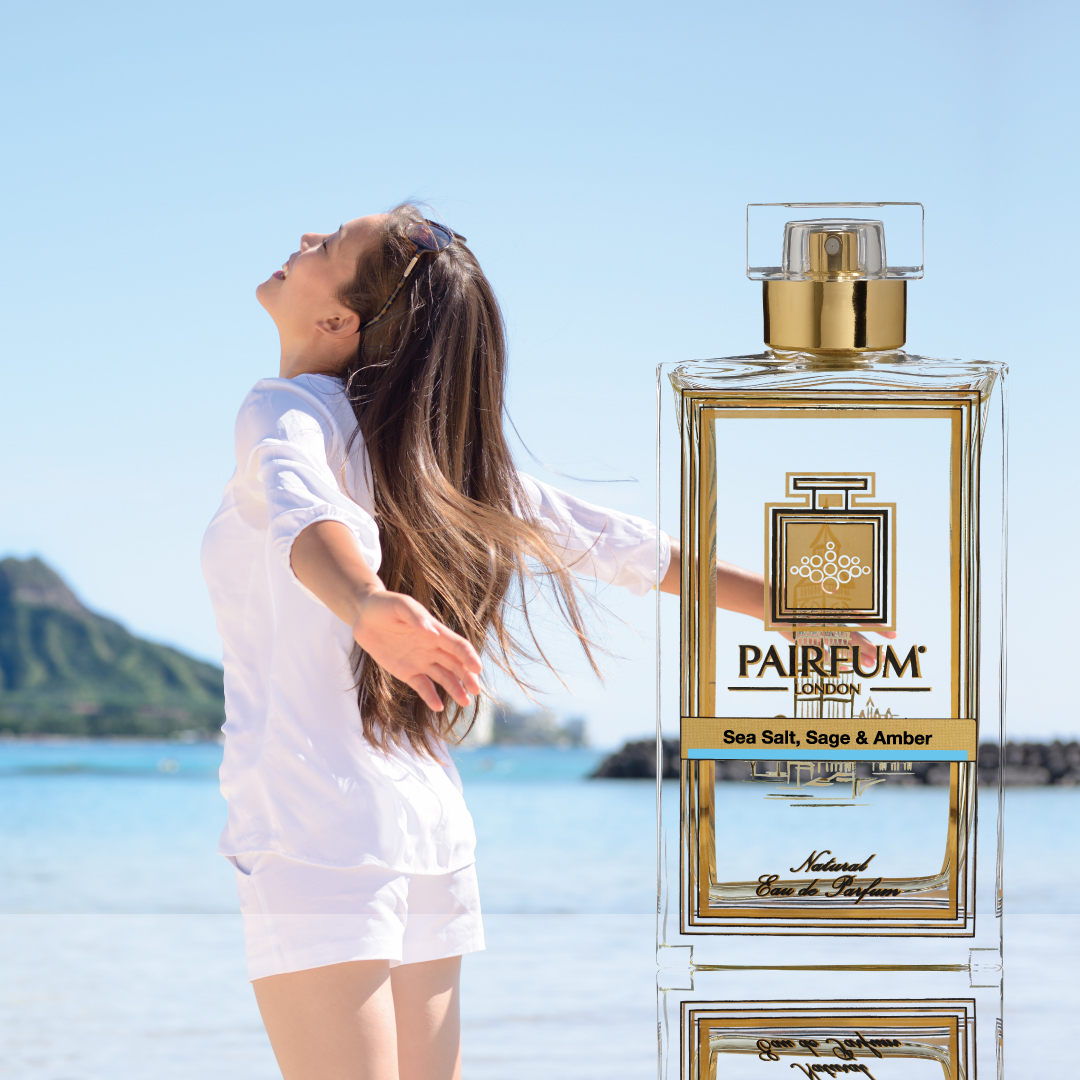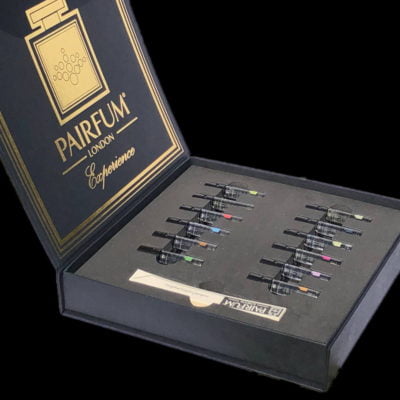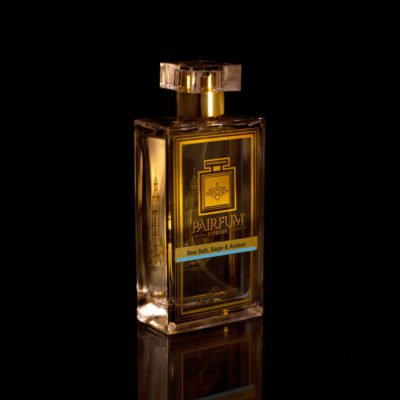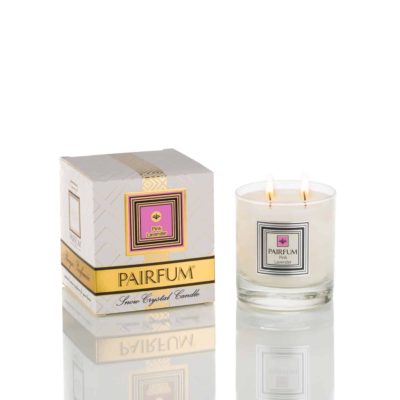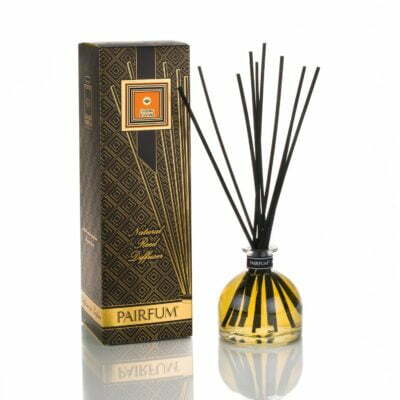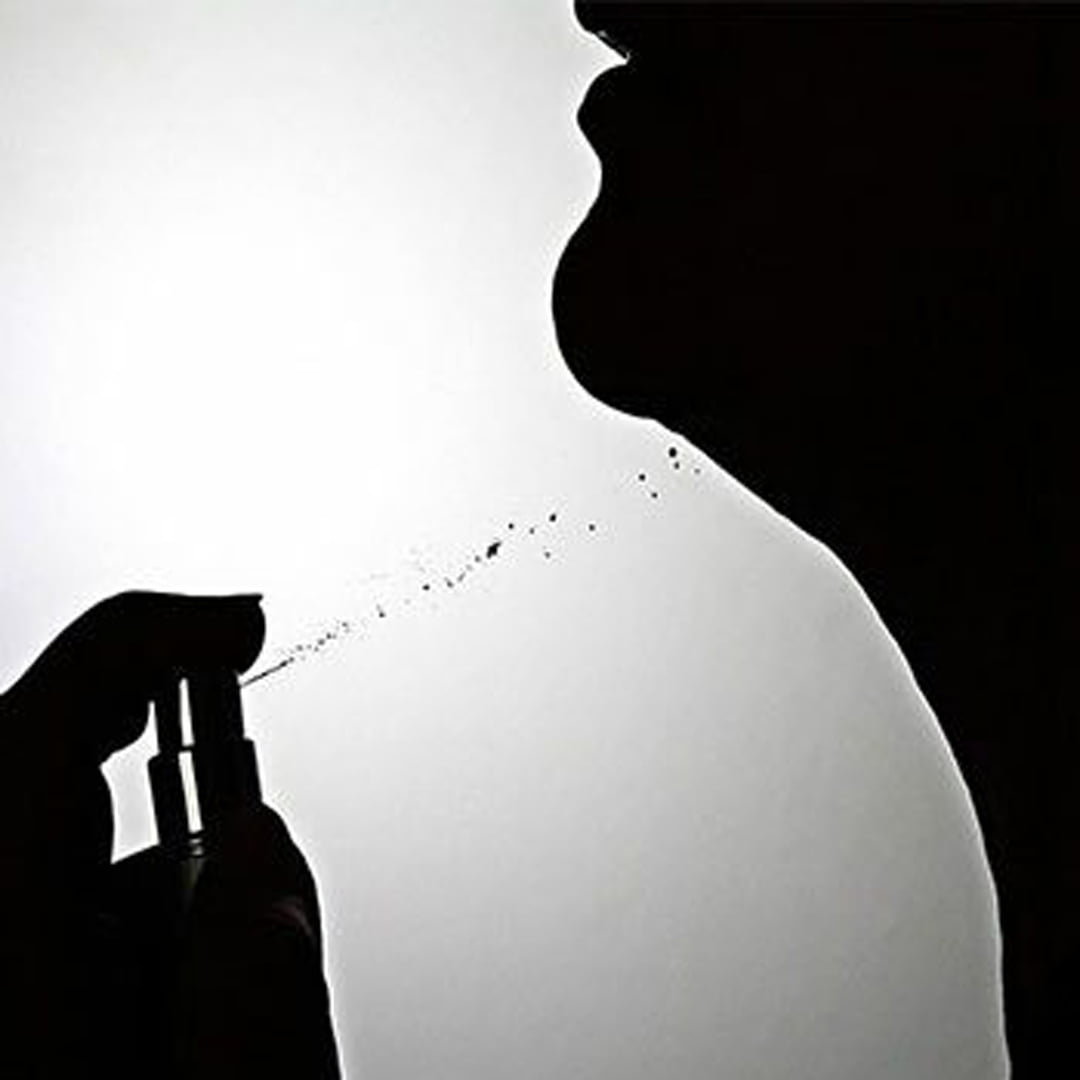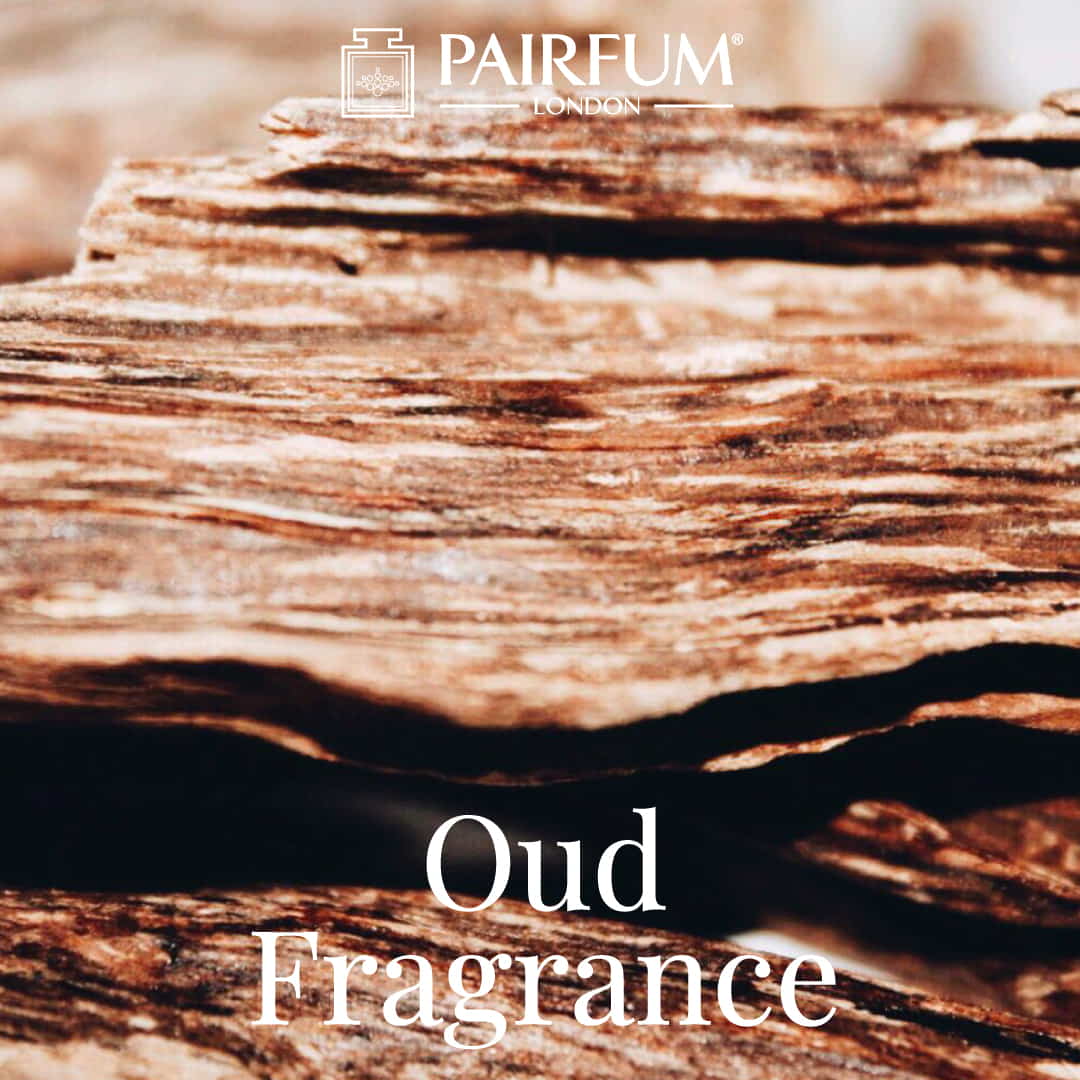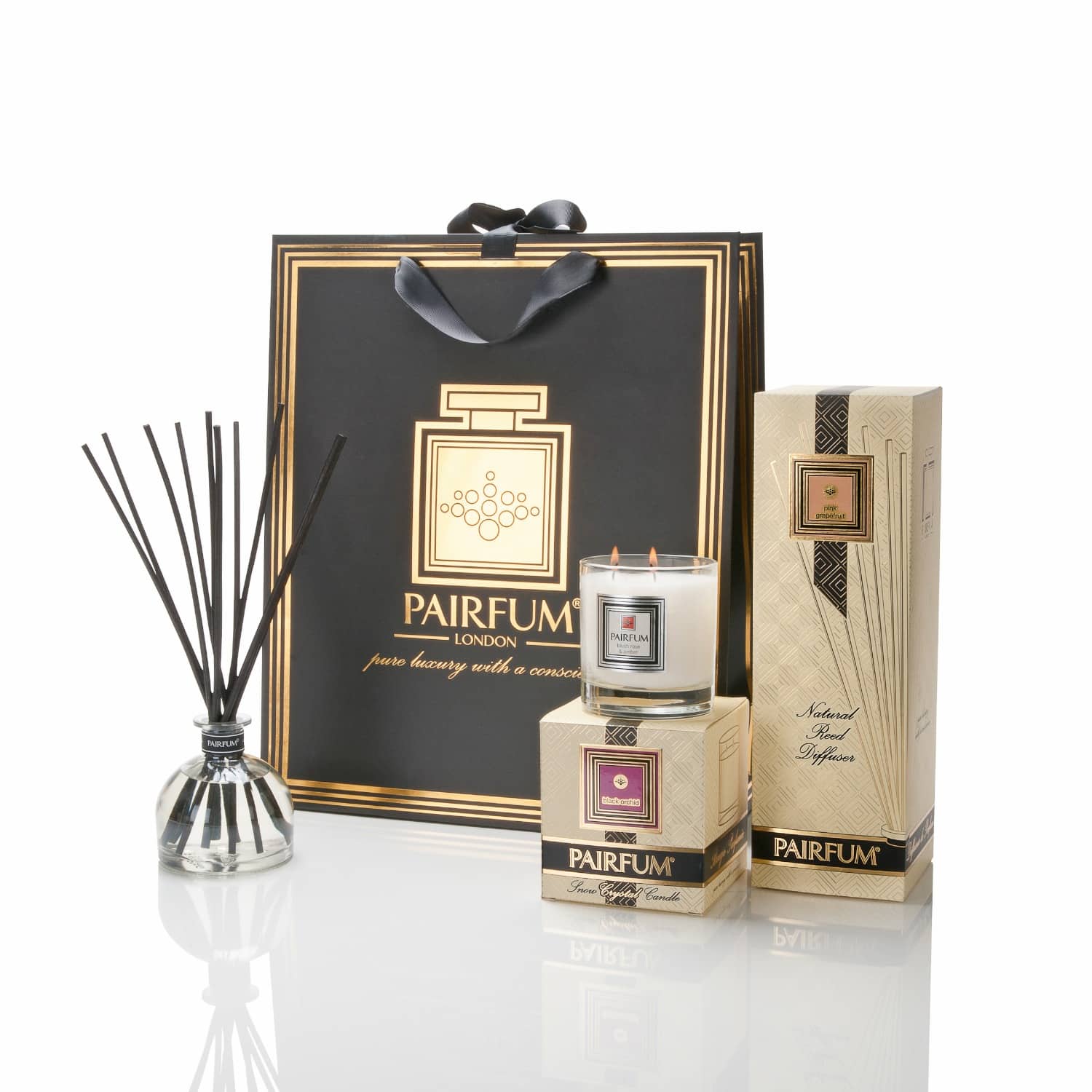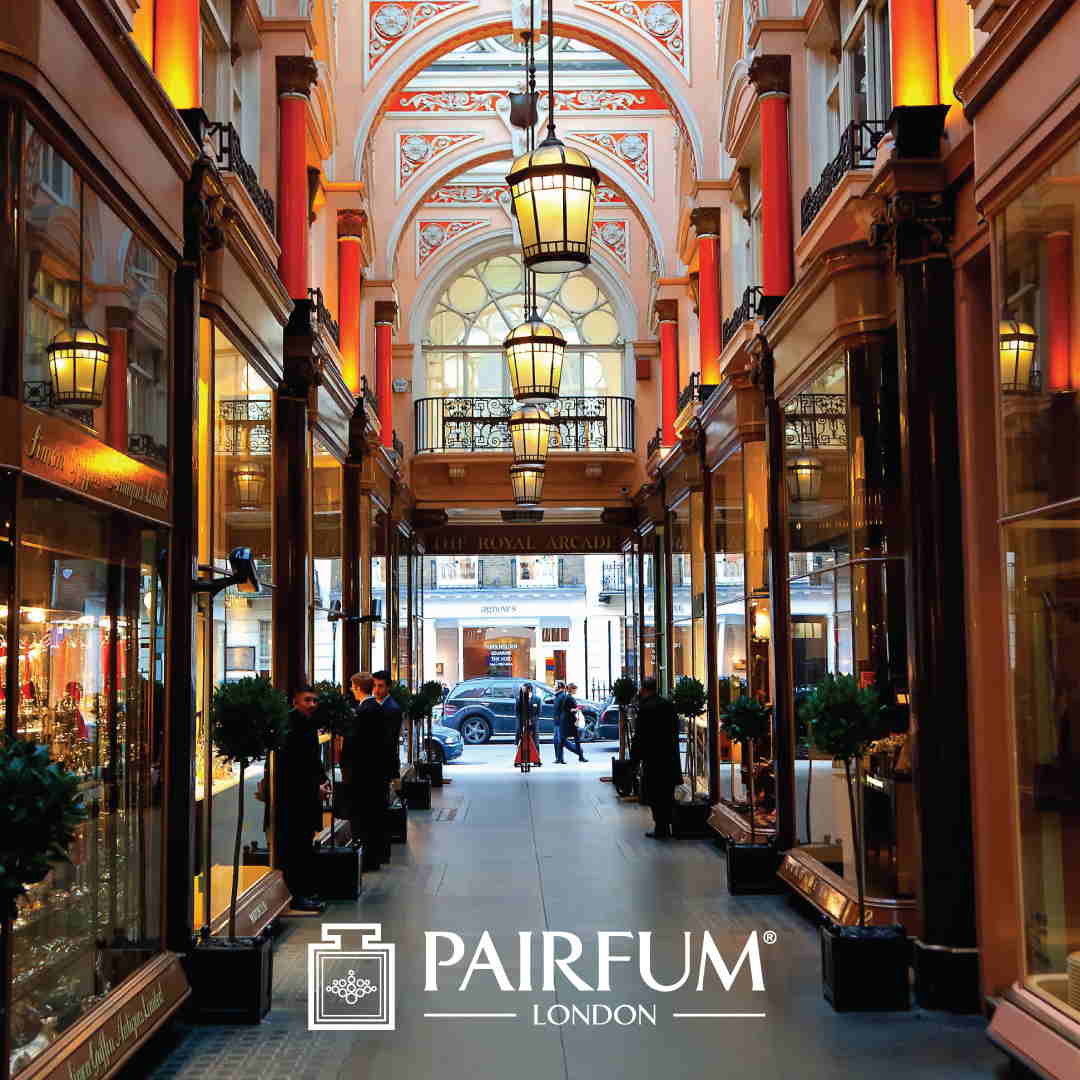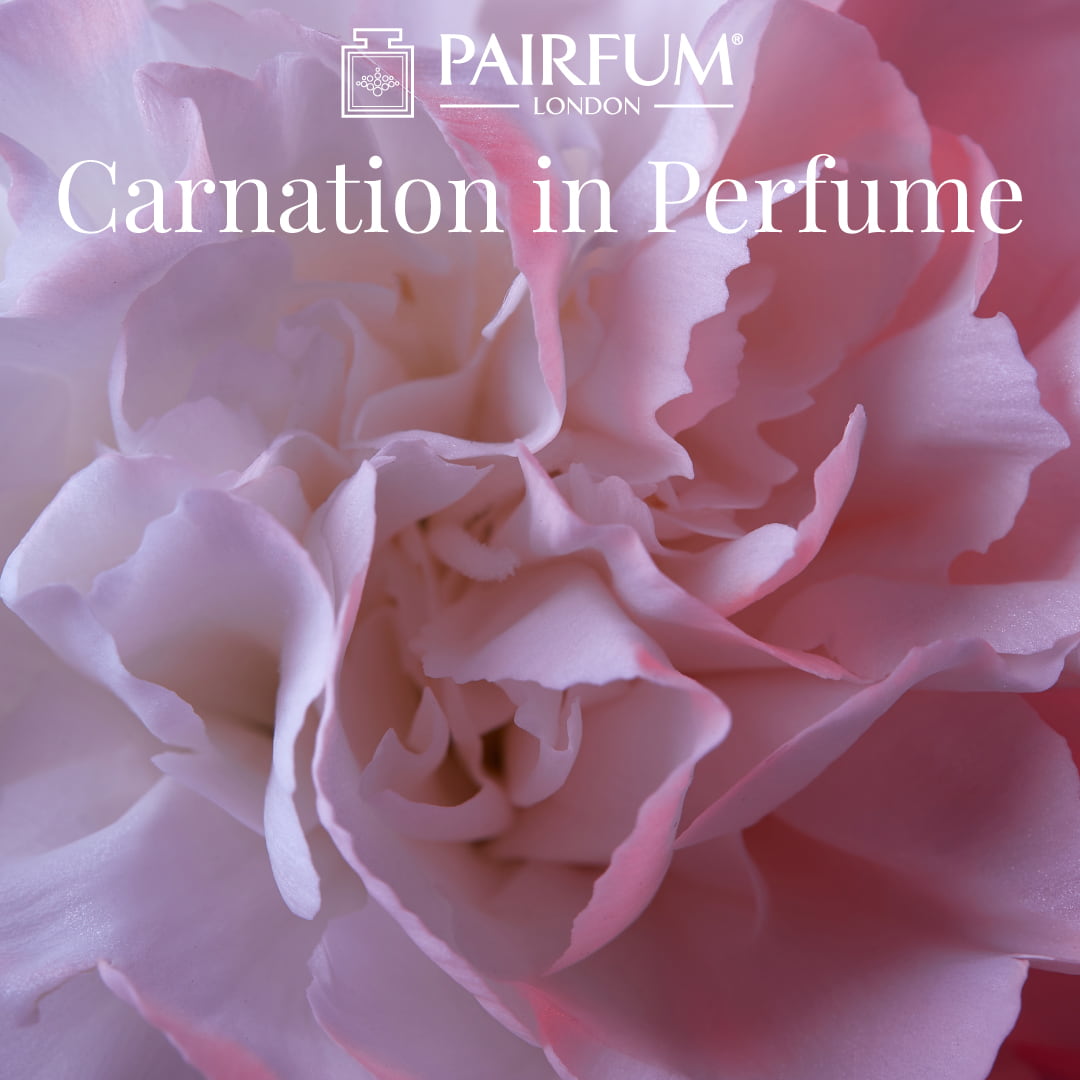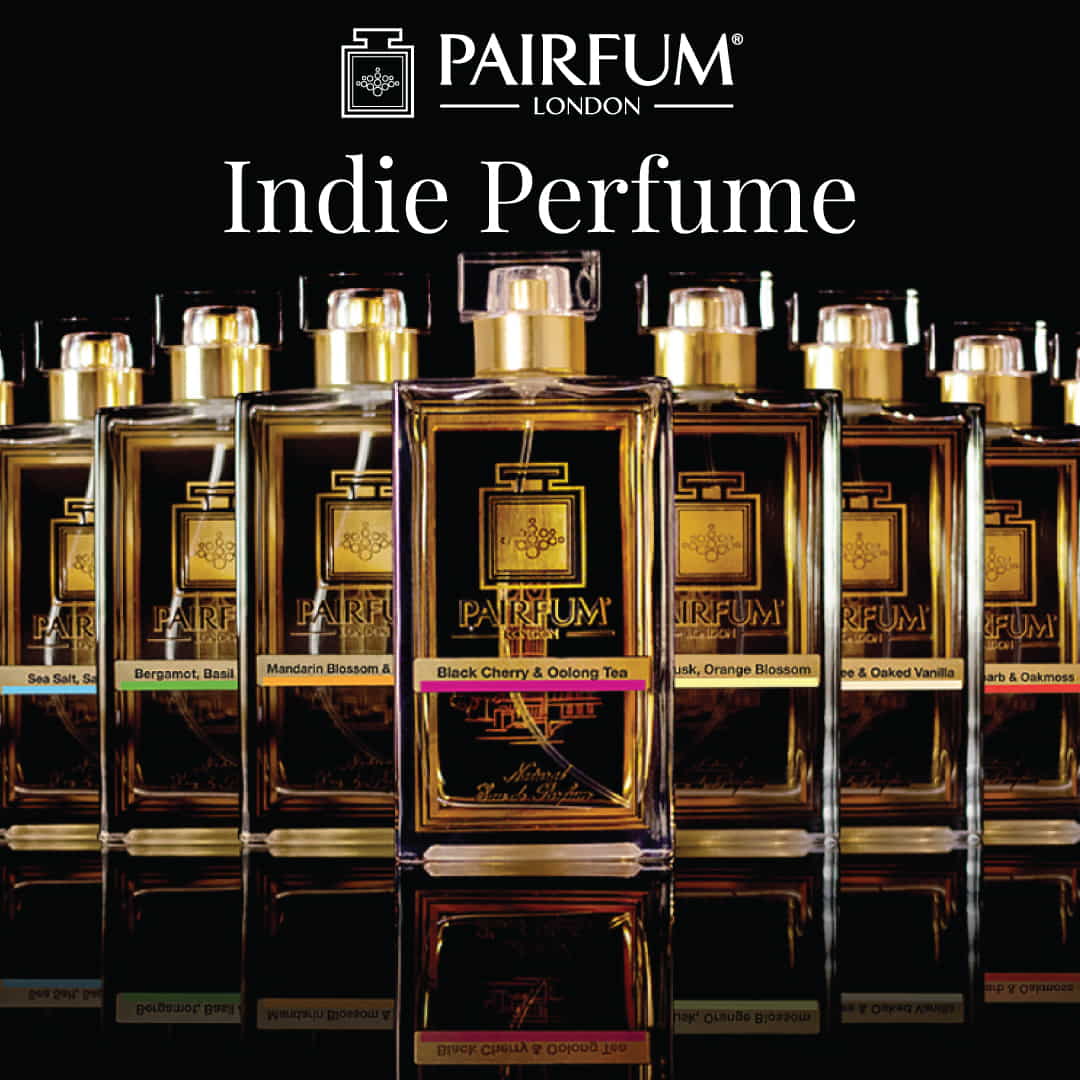Introduction
Perfume has long been celebrated for its ability to evoke emotions, create memories, and leave a lasting impression. It is a symphony of scents that captivates our senses, and its composition is an art form in itself.
The intricate blend of ingredients, notes, accords and facets comes together to create unique olfactory experiences.
In this article, we will delve into the fascinating world of the perfume composition, exploring its definition, history, examples, ingredients, notes, accords, facets, and families.
Definition of Perfume Composition
The best analogy to define a perfume composition is a musical composition, a harmonious combination of notes.
The perfume composition is the result of creating a fragrance by combining various aromatic ingredients in specific proportions. It involves blending natural or synthetic substances to achieve a desired olfactory profile. Perfumers, often considered artists of the fragrance world, carefully select and combine these ingredients to create a harmonious and appealing scent.
Perfume composition is not only an art form but also a reflection of cultural and societal influences. Fragrances can capture the essence of a time period, evoke nostalgia, or represent a specific lifestyle or mood. They have the power to transport us to different places, awaken memories, and evoke emotions.
The process of composing a perfume is a delicate balance of creativity, technical expertise, and an understanding of consumer preferences.
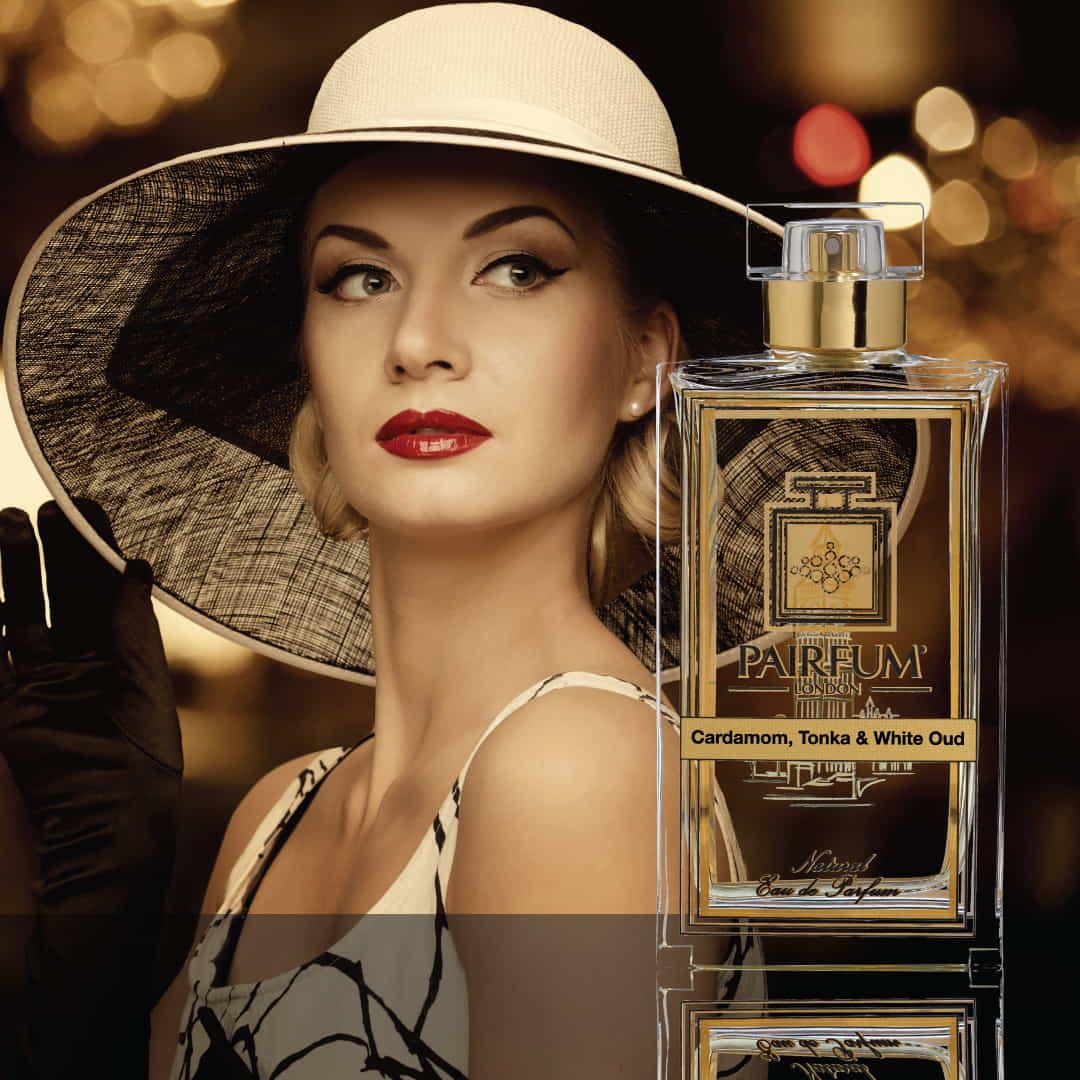
History of Perfume Composition
The art of perfumery dates back thousands of years, with its origins traced to ancient civilizations such as Egypt, Mesopotamia, and India. The Egyptians were renowned for their mastery of fragrance, using perfumes in religious rituals, as well as for personal adornment. They extracted aromatic oils from plants and combined them with resins, spices, and other natural ingredients.
The art of perfume composition continued to evolve through the ages, with significant contributions from the Arab world during the Islamic Golden Age. It was during this time that the distillation process was perfected, allowing for the extraction of essential oils from flowers, herbs, and woods. The Crusades brought this knowledge to Europe, where it flourished in regions such as Grasse, France, which eventually became the perfume capital of the world.
Throughout history, perfumers have experimented with a wide range of ingredients, both natural and synthetic, to achieve their desired compositions. Natural ingredients sourced from plants and flowers provide a sense of authenticity and luxury, while synthetic ingredients offer versatility and affordability. The combination of these elements allows perfumers to create fragrances that cater to various preferences and market demands.
In recent years, there has been a growing interest in niche perfumery, which focuses on creating unique and unconventional fragrances. Niche perfumers often push the boundaries of traditional perfume composition, experimenting with unusual combinations of ingredients and exploring new olfactory territories. This has allowed for a greater diversity and creativity within the fragrance industry, appealing to those who seek a more personalized and exclusive scent experience.
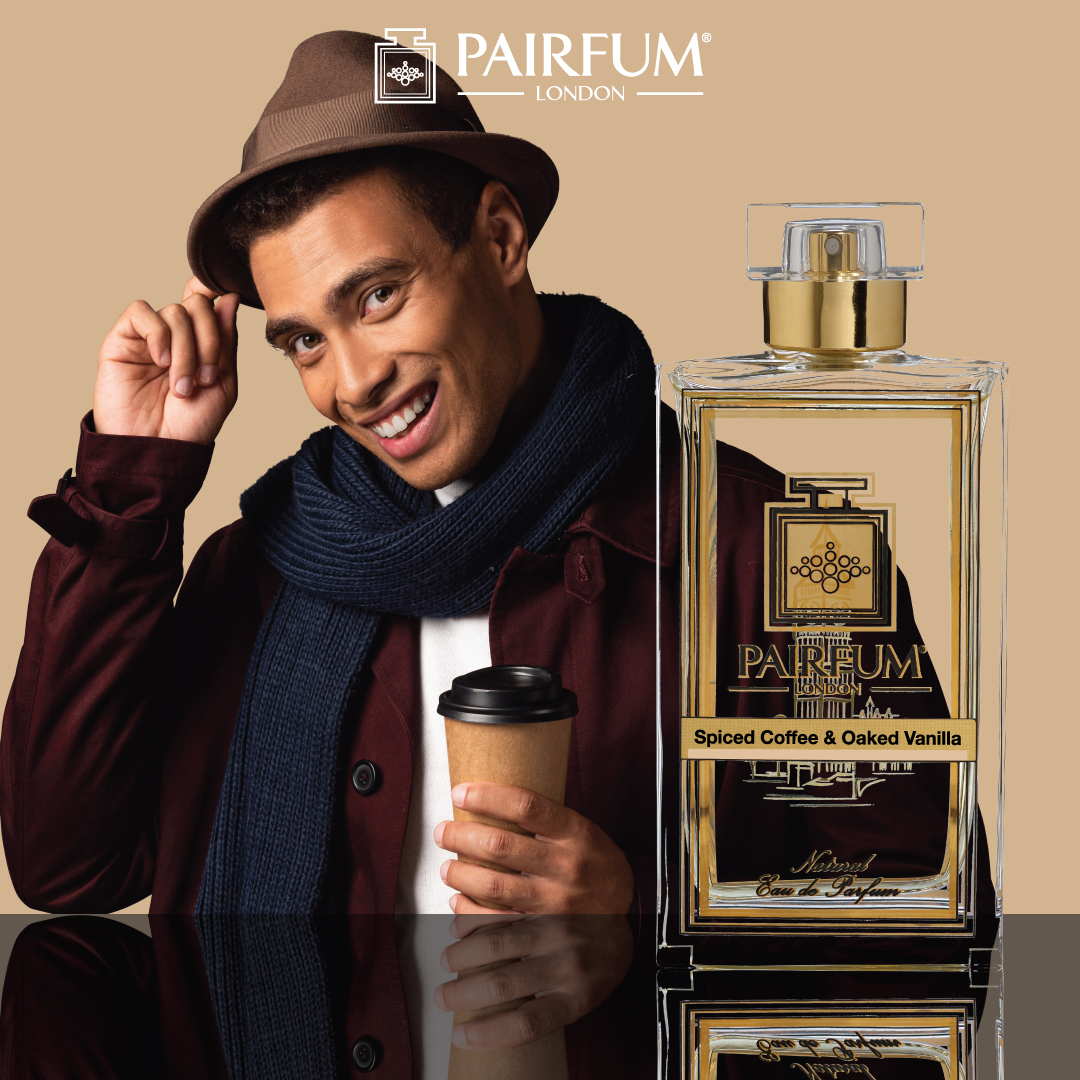
Examples
Perfume compositions can range from simple to complex, and they can be categorized into various types, including eau de parfum, eau de toilette, eau de cologne, and more. Each category represents a different concentration of fragrance oils in a specific base. For instance, eau de parfum contains a higher concentration of oils, making it more intense and long-lasting than eau de toilette.
Some iconic perfume compositions have stood the test of time, becoming legendary in the fragrance industry. Chanel No. 5, created by Ernest Beaux in 1921, revolutionized perfumery with its use of aldehydes, a synthetic compound that added a sparkling quality to the fragrance. Another notable composition is Guerlain’s Shalimar, crafted in 1925 by Jacques Guerlain, which blended citrus notes with oriental accords, creating a timeless masterpiece.
Perfume Ingredients
The ingredients used in perfume composition can be classified into two main categories: natural and synthetic. Natural ingredients are derived from botanical sources, such as flowers, leaves, fruits, and woods. They include essential oils, absolutes, concretes, and tinctures. Synthetic ingredients, on the other hand, are created in laboratories and mimic the aroma of natural substances or create entirely new scents. They provide perfumers with a wider range of possibilities and often offer alternatives to rare, prohibited or expensive natural ingredients.
Common natural ingredients used in perfume composition include rose, jasmine, lavender, sandalwood, vetiver, bergamot, and patchouli. Synthetic ingredients include aldehydes, musks, ambergris, and various aroma chemicals. Perfumers carefully select these ingredients based on their desired fragrance profile, taking into consideration factors such as volatility, longevity, and compatibility with other materials.
Herbs, Green, Fougere
There are the following subdivisions
- Aromatic: Lavender, Thyme, Rosemary
- Anise notes: Aniseed, Tarragon
- Spicy: Basil
- Minty: Peppermint, Spearmint, Chickpea mint
- Green: galbanum
- Fougere: fern
- Tea
Flowers
The dominant category of ingredients and it can be categorised as follows:
- Rose: the ‘queen’ of flowers has its own category with red, white, orange, … roses and yet they all share the typical rose note.
- Purple flowers: hyacinth, lilac
- Green & white flowers: lily of the valley, gardenia
- powdery flowers: mimosa, violet, iris root, heliotrope
- White flowers: jasmine, magnolia, tuberose, honeysuckle, ylang-ylang
- Solar flowers: frangipani, tiare flower
- Spicy flowers: carnation, immortal, lily
- Fruity flowers: peony, osmanthus
Fruits, Nuts, Vegetables
These are the different sub-categories:
- Red fruits: raspberry, strawberry, blackcurrant, blackberry, blueberry
- Yellow fruits: peach, apricot, plum
- Exotic fruits: pineapple, mango, passion fruit
- Crisp fruits: pear, apple
- Acidic fruit: kiwi
- Green fruits: fig, cassis
- Balsamic fruit: cherry
- Watery: melon
- Nuts: almond, peanut, coconut
- Vegetable: pea,
Citrus
A big category of mainly natural ingredients:
- lemon, lime, orange, grapefruit, mandarin
- bergamot
- neroli
Woods & Mosses
Here are the woody and mossy notes:
- Sandalwood
- Patchouli
- Cedar
- Vetiver (this is a root)
- Cypress, Pine
- Gauïac Wood
- Amber
- Oud
- Oakmoss
Spices
There are many natural spicy notes, which can be divided into two categories:
- Fresh: Cardamom, Pepper, Ginger
- Warm: Cinnamon, Safran, Nutmeg, Clove
Gourmand
Vanilla typifies this category and these ingredients are reminiscent of food:
- vanilla
- caramel, honey
- chocolate
- coffee
- bread, pastries, cooky
Balms & Resins
Also called balsamic or resinous notes, they are a key element of the amber or oriental accord and add roundness and mystique.
They fall roughly into two types:
- Soft: Benzoin, Peru balsam, Tolu balsam
- Resinous: opoponax, frankincense/olibanum, myrrh, birch tar, elemi and styrax.
Musk, Amber & Animal Notes
These are the most common animal notes:
- Musk
- Castoreum
- Civet
- Beeswax
- Ambergris
- Amber
Synthetic
This is a group of ingredients that although they may exist in nature, do have a ‘synthetic’ smell. Here are some examples
- Aldehyde
- Ozone

Notes, Accords, and Facets
In perfume composition, fragrances are often described in terms of notes, accords, and facets.
Notes refer to the individual scents that are perceived throughout the development of the fragrance. They are the building blocks that make up the overall scent. Perfumes are typically composed of three types of notes: top notes, middle notes (also known as heart notes), and base notes.
The concept of notes, accords, and facets adds depth and complexity to perfume compositions. By carefully selecting and blending different notes, perfumers create a multi-layered fragrance experience that unfolds over time. The top notes provide an initial burst of freshness, the middle notes reveal the heart of the fragrance, and the base notes leave a lasting impression. Accords and facets further enhance the composition by creating harmonious combinations or highlighting specific aspects of the scent.
Top notes are the initial scents that are detected when the perfume is first applied. They are often light and refreshing and provide the first impression of the fragrance. Common top notes include citrus fruits like bergamot and lemon, as well as herbal and green scents like lavender and mint.
Middle notes emerge after the top notes have evaporated and form the heart of the fragrance. They are often floral, fruity, or spicy, and they give the perfume its character and depth. Popular middle notes include rose, jasmine, ylang-ylang, and cinnamon.
Base notes are the final scents that become apparent after the perfume has settled on the skin. They are typically rich, warm, and long-lasting, providing a foundation for the fragrance. Base notes often include woody, musky, or oriental ingredients like sandalwood, patchouli, vanilla, and amber.
Accords and facets are terms used to describe the combination and interaction of different notes in a perfume composition. An accord refers to a combination of notes that work together to create a specific scent or effect. For example, a floral accord may combine rose, jasmine, and lily of the valley to create a delicate and romantic fragrance.
Facets, on the other hand, describe the different aspects or dimensions of a fragrance. They capture the complexity and nuances of the scent, revealing its various characteristics. For instance, a perfume may have facets of freshness, sweetness, warmth, or spiciness, all contributing to its overall allure.
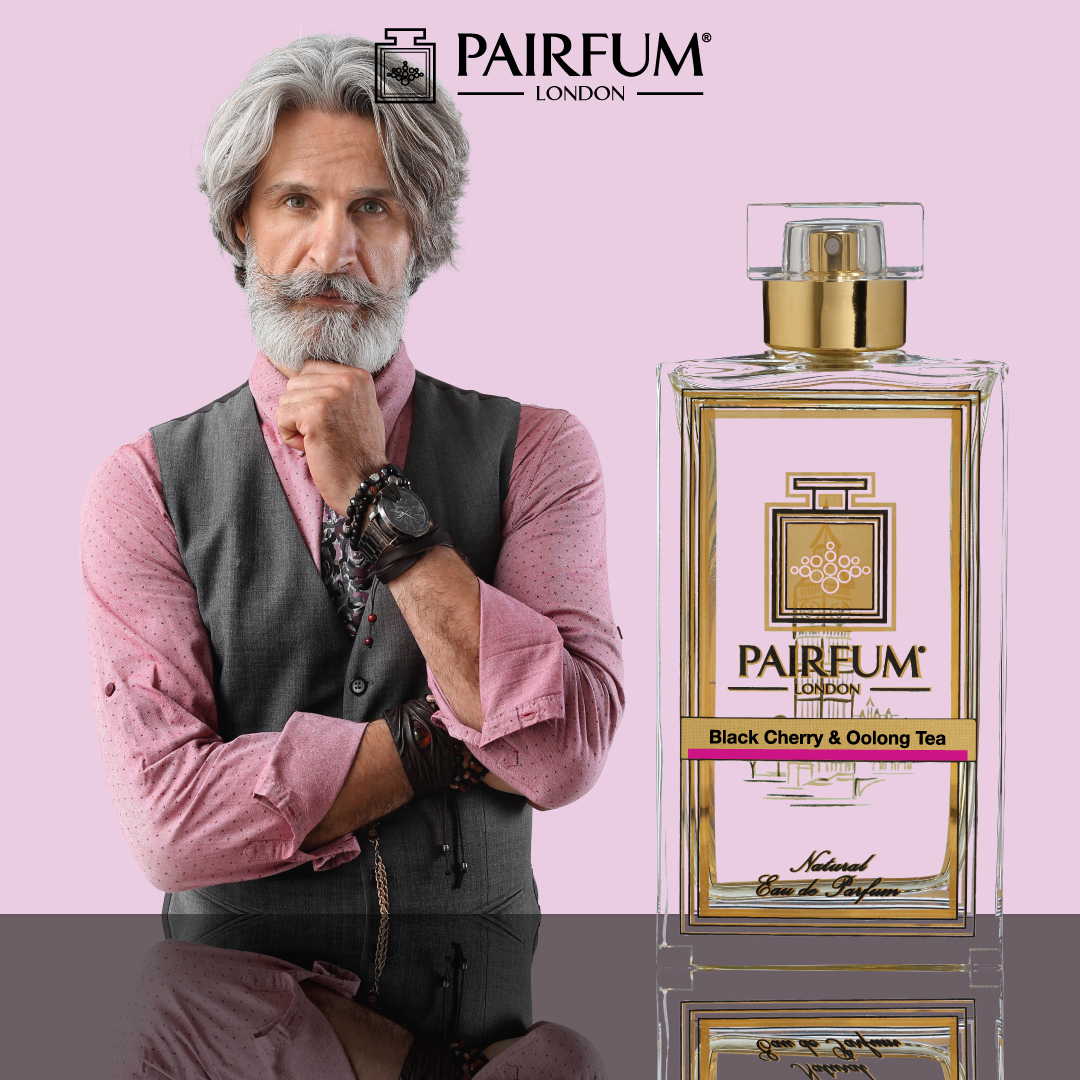
Fragrance Families
Perfume compositions can also be classified into fragrance families or categories based on their dominant olfactory characteristics.
Fragrance families serve as a classification system that helps both perfumers and consumers understand and navigate the vast world of perfumery. Each fragrance family has its own distinctive character and appeals to different preferences and occasions. Whether it’s the timeless elegance of floral fragrances, the alluring warmth of oriental scents, or the invigorating zest of citrus compositions, there is a fragrance family for every mood and personality.
There are several recognized fragrance families, each with its own distinctive scent profile. Some common fragrance families include:
Floral: This family is characterized by the prominent use of floral notes such as rose, jasmine, lily, and violet. Floral fragrances can range from light and airy to rich and opulent.
Oriental: Oriental fragrances are warm, exotic, and often incorporate ingredients like spices, amber, vanilla, and incense. They evoke a sense of mystery and sensuality.
Citrus: Citrus fragrances are refreshing and vibrant, featuring notes of lemon, bergamot, orange, and grapefruit. They are often used in lighter, summer-inspired perfumes.
Woody: Woody fragrances are built around notes of woods such as sandalwood, cedarwood, and vetiver. They can be earthy, smoky, or creamy, depending on the specific woods used.
Chypre: Chypre fragrances are characterized by a combination of citrus top notes, floral middle notes, and mossy or woody base notes. They are known for their sophisticated and timeless appeal.
Fougère: Fougère fragrances are often considered masculine and feature notes of lavender, oakmoss, and coumarin. They are commonly used in men’s fragrances but can also be found in unisex compositions.
Gourmand: Gourmand fragrances are inspired by sweet and edible aromas, such as vanilla, caramel, chocolate, and fruits. They evoke a sense of indulgence and are popular in modern perfumery.
Conclusion
Perfume composition is an intricate and captivating process that combines artistry and science. Perfumers carefully select and blend ingredients, notes, accords, and facets to create unique and evocative fragrances. From the ancient civilizations to modern-day perfumery, the art of perfume composition has evolved, leaving us with a rich tapestry of scents that have become iconic and beloved.
As we continue to embrace the art of perfume composition, it is important to appreciate the craftsmanship and dedication that goes into creating these fragrant masterpieces. Perfume composition is a true fusion of science and art, where perfumers blend their expertise, creativity, and passion to craft scents that touch our senses and enrich our lives.
In conclusion, perfume composition is a captivating process that weaves together ingredients, notes, accords, facets, and fragrance families to create olfactory works of art. From the ancient civilizations to the modern fragrance industry, perfumers have honed their skills, embracing innovation while honoring tradition. As we explore and enjoy the diverse world of perfumes, let us celebrate the beauty and complexity of perfume composition, where every bottle holds a story waiting to be discovered and cherished.
Discovery
When trying to discover unique & natural Perfume Compositions, we highly recommend our Natural Niche Perfumes and we invite you to visit our Online Perfume Boutique.
Another way to discover perfume compositions is using ‘Fragrance Libraries’, ‘Discovery Boxes’ or ‘Perfume Experience Boxes’. Here at Pairfum London we offer the wonderful Perfume Experience Box with 12 x Eau de Parfum Intense and it allows you discover each one of our perfume compositions, their longevity and character.
